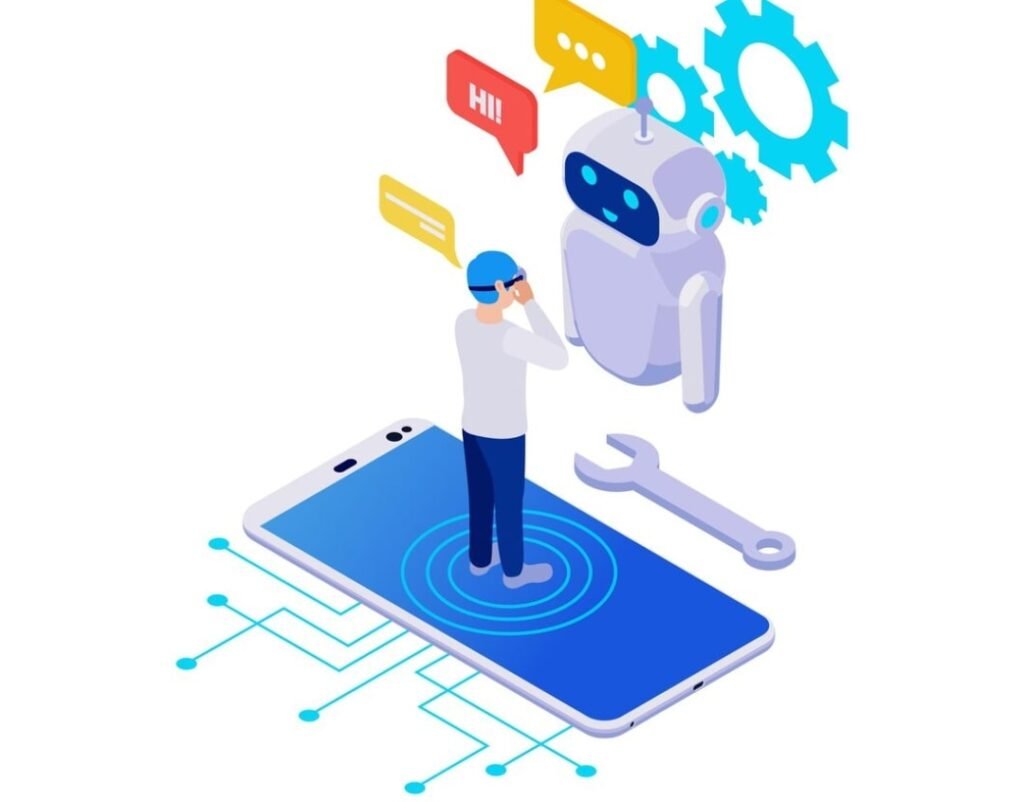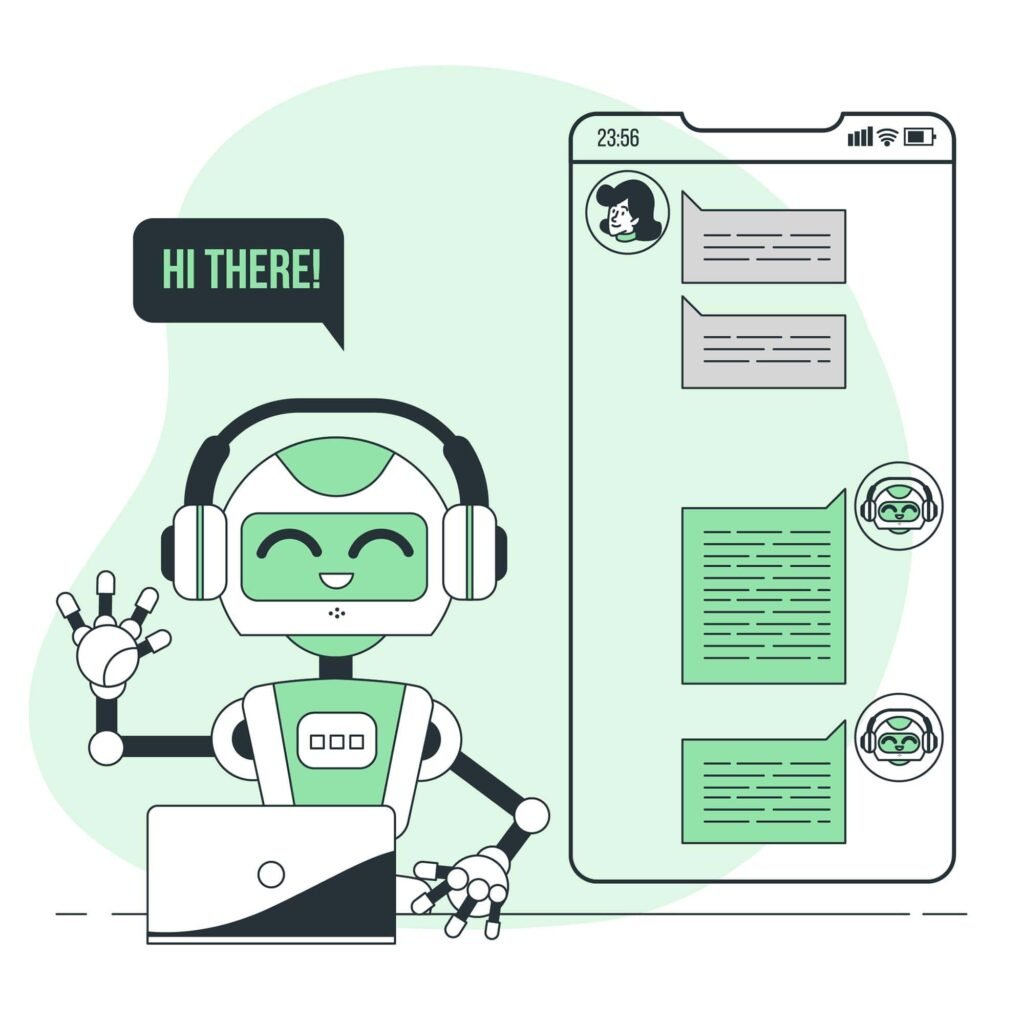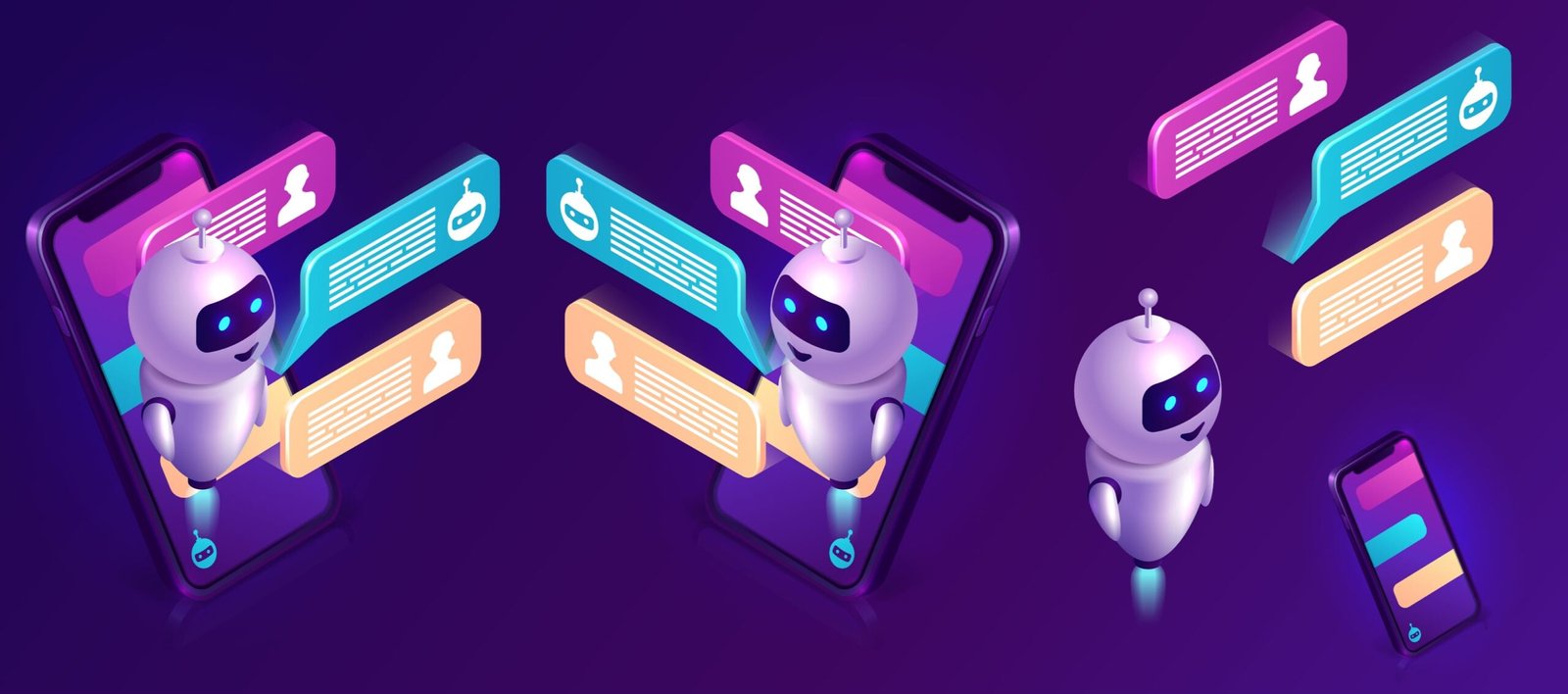The term “AI chatbots” has grown more and more common in today’s digital age, but many people are unaware of or misunderstand its complexity and potential. Artificial intelligence (AI) chatbots have completely changed how we interact with technology, from personal help to customer care. We dive further into the realm of AI chatbots in this extensive guide, examining their features, advantages, drawbacks, and potential future applications.
Knowing AI Chatbots
An artificial intelligence (AI) chatbot is essentially a computer programme created to mimic human communication. These chatbots can communicate with users through text or voice, using machine learning techniques and natural language processing (NLP) to understand and reply to their inquiries.
Types of AI Chatbots
1. Rule-Based Chatbots
Responses from these bots are constrained and they function according to pre-established rules. They perform best in controlled settings with predictable interactions, like online FAQ areas.
2. Chatbots with Machine Learning
These chatbots, as opposed to rule-based ones, have the ability to learn from previous exchanges and gradually enhance their responses. They examine information from users, spot trends, and modify their behaviour accordingly.
3. Contextual Chatbots
These AIs provide more individualised and human-like interactions by comprehending context and conversation flow. To understand subtleties in language and intent, they make use of NLP models.

AI Chatbot Applications
1. Customer Service
AI chatbots are frequently utilised in customer care to address standard questions, solve problems, and offer immediate assistance, which lowers response times and raises customer satisfaction.
2. E-commerce
Chatbots improve the online shopping experience by acting as an informed sales assistant, assisting consumers in finding products, offering recommendations, and facilitating transactions.
3. Healthcare
Chatbots help patients in the healthcare industry by arranging appointments, giving medical information, and providing support for mental health concerns. This enhances the efficiency and accessibility of healthcare services.
4. Education
By offering individualised tutoring, responding to inquiries, and offering feedback, educational chatbots help students learn and create a more dynamic and interesting learning environment.
Benefits of AI Chatbots
1. 24/7 Availability
Chatbots are accessible to users 24/7, offering prompt assistance and responses irrespective of their location or time zone.
2. Scalability
Chatbots, in contrast to human agents, are able to manage several conversations at once. They can easily scale to meet increasing customer needs without sacrificing effectiveness.
3. Cost-Efficiency
Because AI chatbots are low maintenance and capable of handling a high volume of inquiries on their own, implementing them can drastically cut operational costs related to customer support.
4. Improved User Experience
Chatbots improve the user experience by providing quick and tailored help, which raises engagement, retention, and conversion rates.

Limitations and Challenges
1. Lack of Emotional Intelligence
AI chatbots are excellent information processors, but they frequently struggle to recognise and react correctly to emotions, which can cause impersonal conversations and possibly annoy users.
2. difficult Queries
Chatbots may have trouble answering unclear or difficult questions that fall outside of their predefined parameters, necessitating human assistance or producing incorrect results.
3. Data Privacy Issues
Gathering and evaluating user data for chatbot training gives rise to privacy issues, requiring strong security measures to protect sensitive data and adhere to laws like GDPR.
4. Integration and Customisation
Requiring experience in AI development and deployment, integrating chatbots into current systems and tailoring them to meet particular company needs can be difficult and time-consuming.

Future Trends and Innovations
1. Conversational AI
As natural language processing and deep learning techniques advance, chatbots will be able to converse more naturally and contextually, obfuscating the boundaries between human and machine contact.
2. Multimodal Interfaces
To improve user engagement and accessibility across a range of platforms and devices, chatbots will make use of several input modalities, such as text, voice, and visual inputs.
3. Emotionally Intelligent Chatbots
Scientists are investigating how to give chatbots emotional intelligence so they can identify and address user emotions in an appropriate manner, leading to more meaningful and in-depth exchanges.
4. Hyper-Personalization
Chatbots will employ predictive analytics and user data to provide hyper-personalized experiences. They will anticipate the requirements and preferences of users and provide recommendations and help that are specifically tailored to them.
Conclusion
Without a doubt, AI chatbots have revolutionised the way we engage with technology by providing scalability, efficiency, and ease of use in a variety of applications. The capabilities and uses of chatbots will advance along with technology, opening the door to more sophisticated, perceptive, and smooth human-machine interactions. Businesses and organisations may improve consumer interaction, streamline processes, and maintain an advantage in the increasingly competitive digital market by embracing the possibilities of AI chatbots













